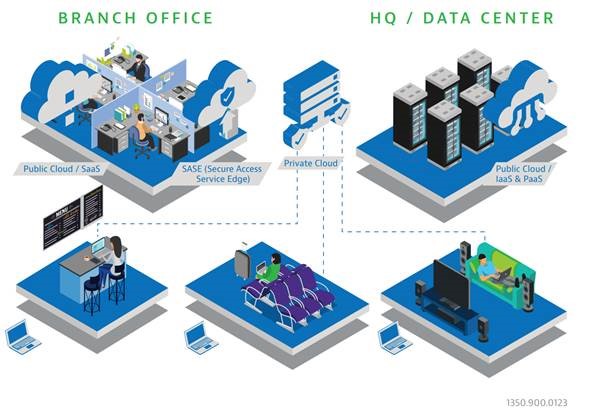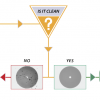IT Network Security: Make the move from HTTP to ZTNA a smooth one

Remote working has become more common in the past few years with millions more employees accessing corporate files remotely. In parallel, enterprises have moved workloads from on-premise data centers to the Cloud to improve speed and efficiency.
This shift led to the advent of a new secure access mechanism for enterprise IT networks, which is designed to be dynamic, scalable and Cloud-ready. Zero Trust Network Access (ZTNA) requires authentication when accessing the network at every step. With ZTNA, trust is never assumed.
Traditional VPN Access
Existing VPN-based secure access provides perimeter-based protection – a security concept unsuitable for Cloud.
VPN-based access was adequate when corporate files and data were stored behind the corporate HQ firewall security system but it’s no longer a practical method of tunneling when users are accessing permitted applications and resources on the Cloud directly.

Traditional VPN Access
Zero Trust Network Access (ZTNA)
ZTNA-based secure access has two forms:
- Clientless-based secure access for ZTNA: Security implemented at the HTTP level.
- Client-based secure access implementation of ZTNA: Based on HTTP Tunneling capabilities and MASQUE framework – a standards-based protocol for implementing Zero Trust

Zero Trust Network Access
IT departments are moving to ZTNA over HTTP tunneling but before doing so they need to make sure that:
- It works.
- It works securely.
- Most importantly, it works without affecting the user experience.
You do not want an employee reviewing a contract on Friday afternoon from home, and each page requires 30 seconds to load!
Enterprise IT departments recognize the importance of secure user access and productivity performance. However, keeping the balance between these two is tricky, but it can be resolved with proven validation techniques in the lab before exposing the new security mechanism to an entire enterprise.
Proven tests tools are necessary for conducting integration, performance and stress testing. These tools can ensure ZTNA is deployed in the best order and in the most efficient configuration.
VIAVI has a full suite of SASE/ZTNA security and performance test tools.
Find out more or request a demo: Security Solutions | VIAVI (viavisolutions.com)
Related blog: SASE: What is it? How can you test its performance? – (viavisolutions.com)


